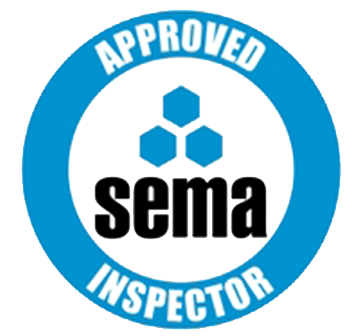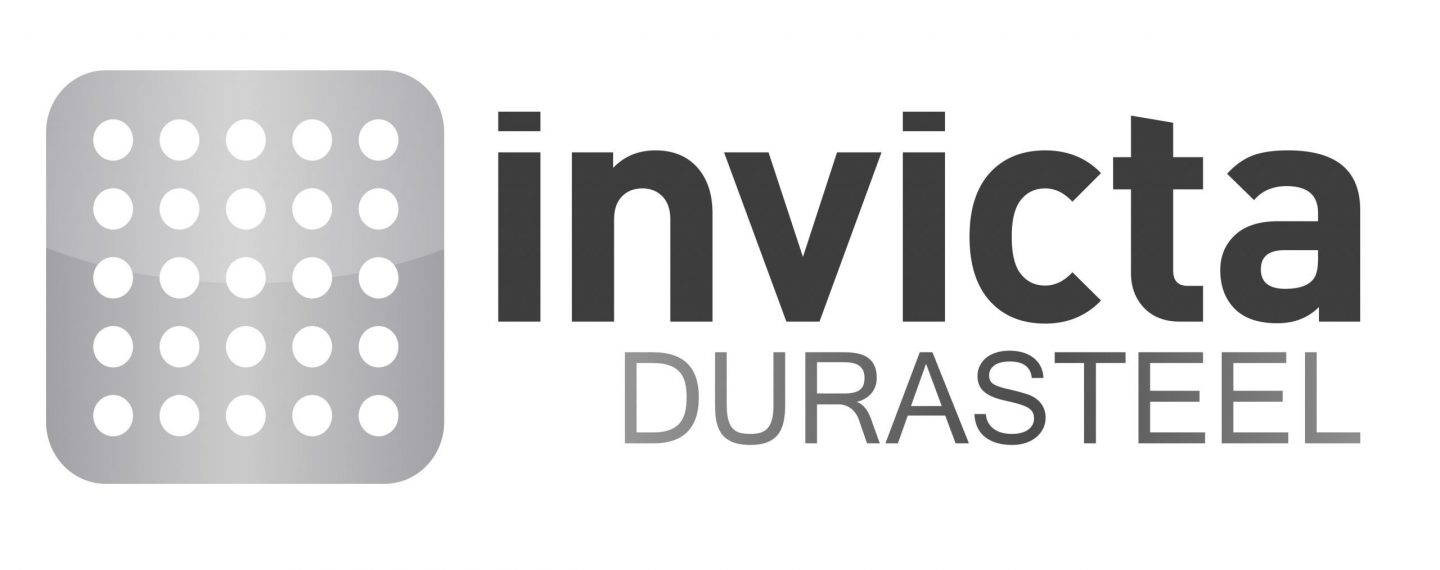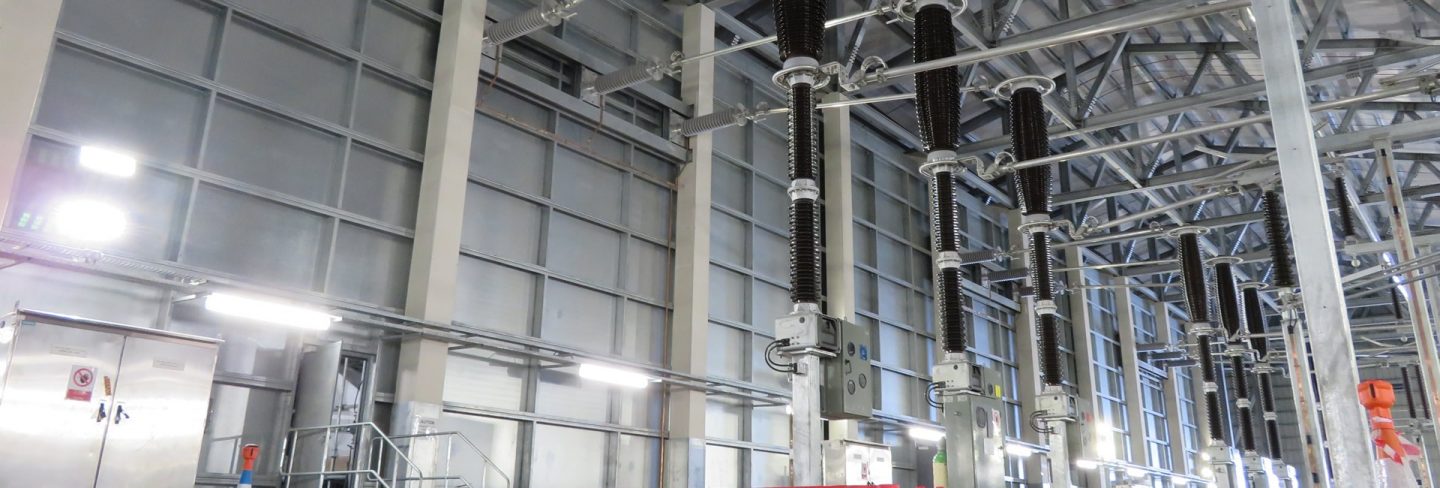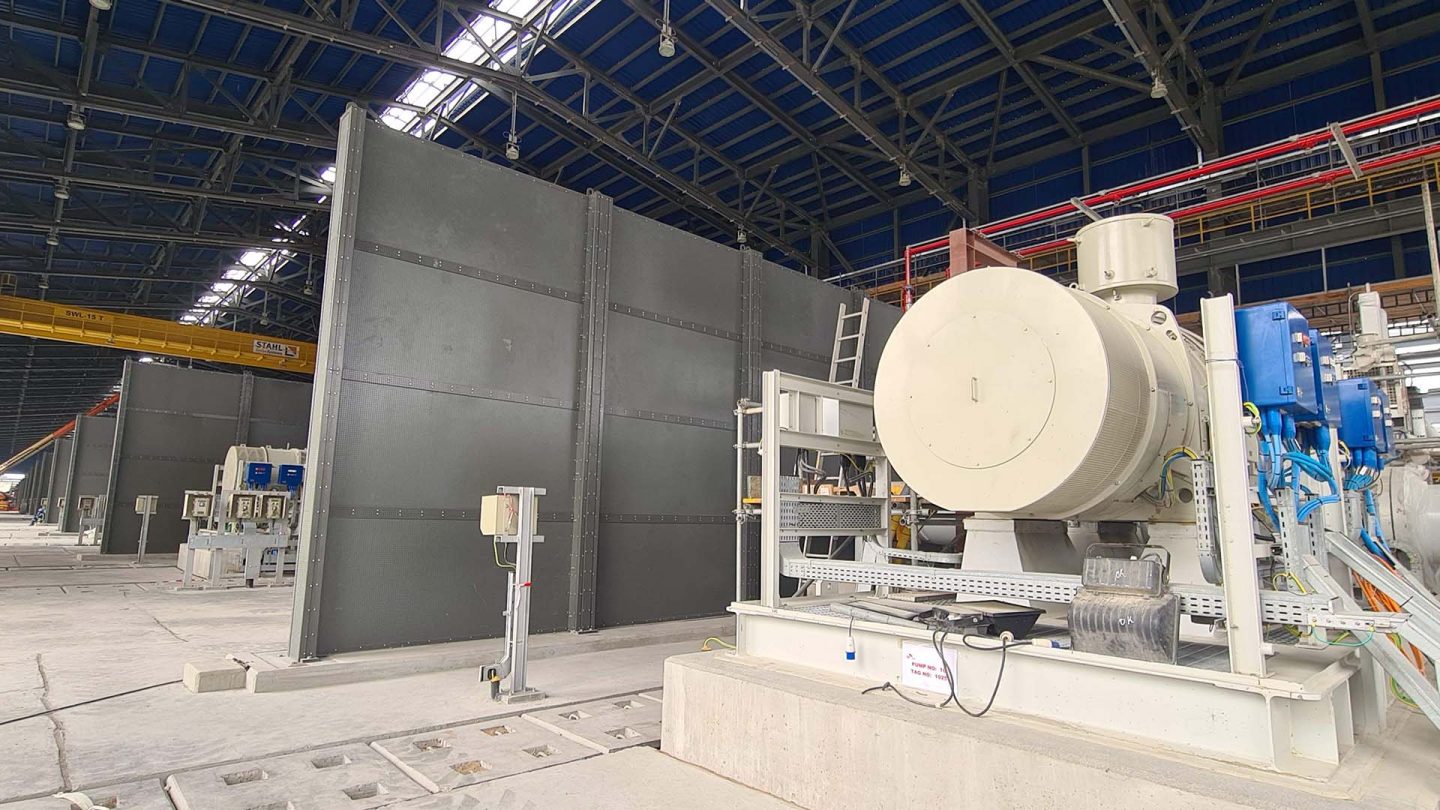For your information
You are being redirected to one of our divisional subsites which contains more detailed information on the required division. To navigate back to the main Invicta Group site, please click the link found in the footer at the bottom of the page.
- Durasteel
Discover the benefits of Durasteel
- Systems
Systems
- Expertise
Expertise
-
Applications
- Aircraft Hangar Fire Protection
- Battery Storage Facilities
- Building Fire Compartmentation
- Anti-Terrorist Blast Protection
- Cable Tunnel Fire Compartmentation
- Equipment Delivery Hatches
- Equipment Enclosures
- Heat Shields
- Power Station Fire Protection
- Metro and Rail Fire Protection
- High Voltage Cable Protection
- Substation Fire & Blast Protection
- Tunnel Fire Protection
- Oil & Gas Fire & Blast Protection
- Ventilation Systems
- Wind Farm Fire Protection
-
Applications
- Projects
- Insights
Insights
-
Articles
- The benefits of passive fire protection for businesses
- What BS 9991 changes mean for building fire safety
- Does the rise in electric vehicle fires pose a risk to buildings?
- What Boeing’s downfall says about safety culture
- Does AI pose a threat to fire safety?
- What we can learn from the Grenfell report
- Frequently Asked Questions
- A to Z of Terms
-
Articles
- Contact
Contact

UK +44 1843 220 256

US +1 305 328 9444

UAE +971 4 277 6225

Qatar +974 4441 4340

India +91 79945 14049

Malaysia +60 16 286 6225
- Start your project
How to protect your facility from fires and blasts
12th December 2021
Choosing the right fire protection
Quick Quote
Contact Fraser Shearer Sarun Vysakham Ben Tan Anand Raghavan Anand Raghavan Our USA Office
To get a quotation or arrange a free site survey - Call Fraser Shearer Sarun Vysakham Ben Tan Anand Raghavan Anand Raghavan Our USA Office on
-
 UK
UK
-
 UAE
UAE
-
 Malaysia
Malaysia
-
 India
India
-
 Qatar
Qatar
-
 USA
USA
Current location:
Quick Quote
Contact Fraser Shearer Sarun Vysakham Ben Tan Anand Raghavan Anand Raghavan Our USA Office
-
 UK
UK
-
 UAE
UAE
-
 Malaysia
Malaysia
-
 India
India
-
 Qatar
Qatar
-
 USA
USA
Current location:
Fires and blasts aren’t something that will affect every business, but that doesn’t mean that you shouldn’t have contingencies in place. Even the best planning can’t completely eliminate the potential for fires and blasts, and businesses have a legal, ethical and financial impetus to protect their employees and property.
While there are some obvious steps to take to protect your facilities, there are also some you may not be aware of. Here are some of the most effective measures to protect your business from fires and blasts, and why more advanced protection is always worth the investment.
Active vs passive protection
Before you consider which fire and blast protection to employ, it’s important to understand the differences between active and passive systems. These two umbrella terms cover all forms of fire protection, but each has a different application and role to play in your fire safety policies.
Active fire and blast protection is fire protection that kicks in when a fire or blast occurs. It is reactive, responding to a fire or blast hazard with greater immediacy, effectiveness and safety than could be achieved by human operators.
Popular forms of active fire and blast protection include:
- Sprinklers
- Fire alarms
- Fire extinguishers
- Emergency lighting
- Automated fire and blast doors
- Backup generators
Passive fire and blast protection systems protect against fires and blasts without having to be triggered. These are generally static systems which are engineered to offer resistance to fires and blasts, without the need for sensors or manual intervention. Examples include:
- Fire and blast barriers
- Fire resistant partitions
- Fire resistant floors and ceilings
- Fire doors and shutters
- Fire resistant cable enclosures
- Fire resistant ducts
Benefits of passive fire and blast protection
Passive fire and blast protection is often both your first and last defence. While active fire protection can be rendered inoperable by the spread of fire, passive protection is designed to resist fires and blasts at their outset, and continue to do so for as long as possible.
Passive fire and blast protection systems are less about cutting out the risks of fires or blasts, and more about protecting your structure and personnel from the damage they can cause. Some will require major construction and layout changes to install, while others can simply be built in situ, such as the fire and blast barriers we often install between power transformers.
Passive fire protection is crucial for minimising the immediate effects of a fire or blast, and for protecting key areas of your facilities. Fire resistant walls and barriers are ideal for protecting key escape routes from spreading fires and thermal transfer, ensuring that personnel can safely evacuate even as fires are raging.
Benefits of active fire and blast protection
Active fire and blast protection is the last line of defence against fire and blast risks. Ideally, the use of active protection can limit a fire from taking hold altogether, or prevent a blast from developing into a sustained fire. A very early smoke detection alarm (VESDA) can alert personnel to the inception of a fire and trigger fire suppression, stopping a fire in its tracks.
If a fire does take hold, active fire protection is important in initiating a response as quickly and effectively as possible. Sensors can help to determine the origin point of a fire and trigger defences automatically, such as activating sprinklers or closing fire doors and shutters. They can also enable emergency lighting and alarm systems, ensuring that people can evacuate safely.
Active fire protection is vital as it lets you know a fire or blast is happening, and allows both people and systems to react quickly to emerging threats. It should never be relied on as your sole means of fire protection, however, or as a substitute for mitigating fire risks. Ideally, a comprehensive fire safety policy will mean you never need either static or active fire protection systems at all.
Choosing fire and blast protection for your business
It’s likely that your business will require a mixture of both active and passive fire protection. However, the exact systems you require and how they will be applied will vary from industry to industry, as well as based on the dynamics of your facility. For instance, a large facility with a complex layout, one with many critical systems that require protection, or one with substantial fire hazards will naturally require more comprehensive and wide-ranging protection.
A fire safety inspection will help you to establish potential weak points in your fire safety provisions, and may outline ways in which you can address them. With this in hand, you can then work with a company such as Invicta to create bespoke fire protection systems, such as firewalls and shields, fire-resistant suspended ceilings and ductwork, and fire doors and barriers.
These should perform two key functions: preventing the spread of fire into or outside of critical areas (e.g. those containing electrical equipment, machinery or flammable goods), and protecting routes of egress (to enable safe evacuation in the event of a fire). A complete network of protective systems will help to detect fires early, prevent them from escalating and spreading, and contain them until emergency services can respond.
Bespoke passive and active fire protection
The Invicta Group has a legacy of providing comprehensive fire and blast protection systems to businesses and institutions around the world, including palaces, airports, metro stations and more. To learn more about our fire and blast protection and how our various divisions can protect your business, get in touch with us today.
Accreditations & Affiliations











SpecUp - System Specification Wizard
Answer the 5 short questions below to receive your recommended Durasteel system specifications. Hover over the ? icons for a brief explanation.
Question 1/5
Type of system required?
Question 2/5
Fire rating required?
Question 3/5
Fire integrity-only or integrity and insulation?
Question 4/5
Fire attack risk from one side or both sides of the system?
Question 5/5
Blast rating required in addition to fire rating?
Creating your results page
Thanks for completing the SpecUp, you’ll be redirected to your results shortly.
Click here if you aren't redirected after a few secondsStart your project
Tell us about your project. Please complete this form. One of our sales team will come back to you with more details. If you prefer, you can drop us an email.




Share/Like this page